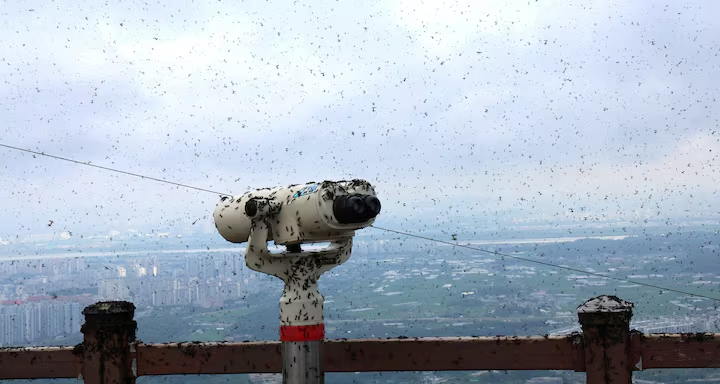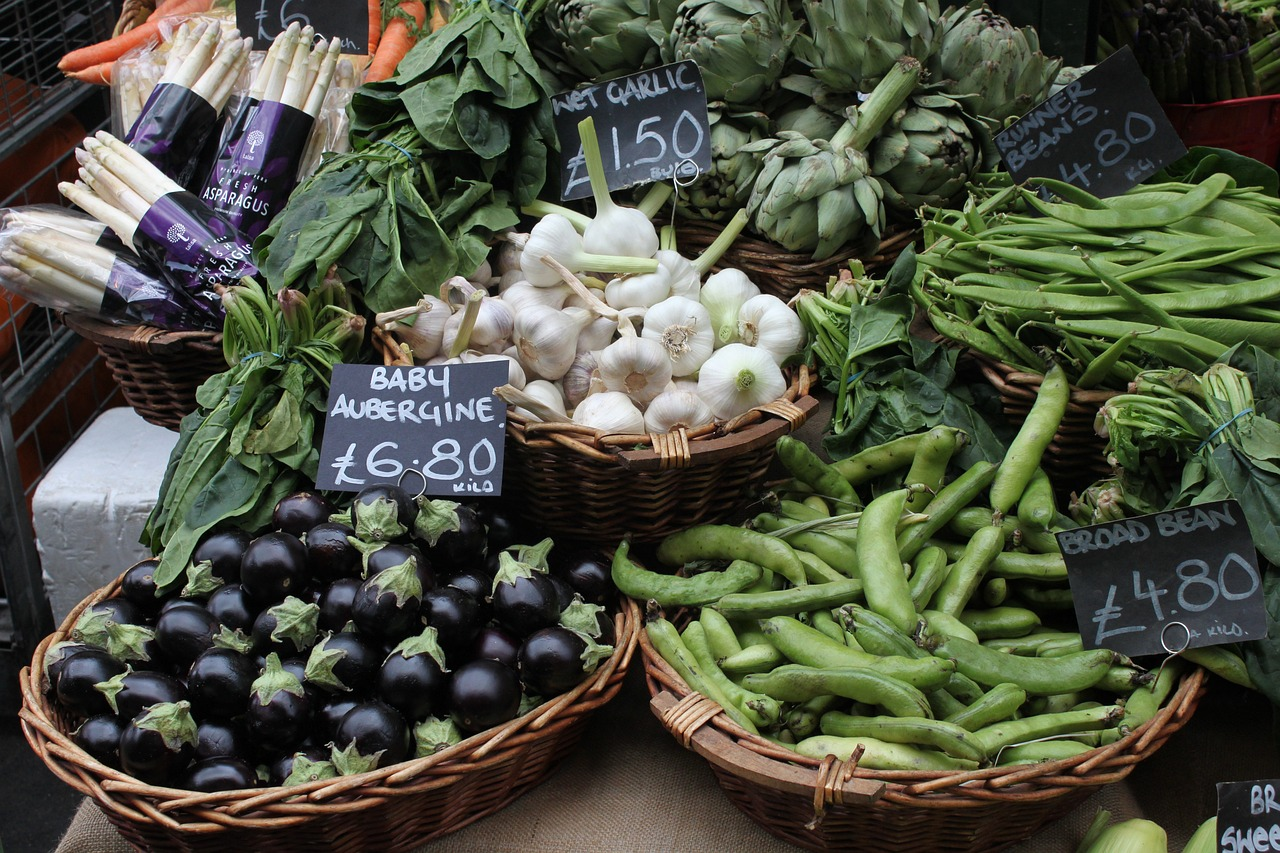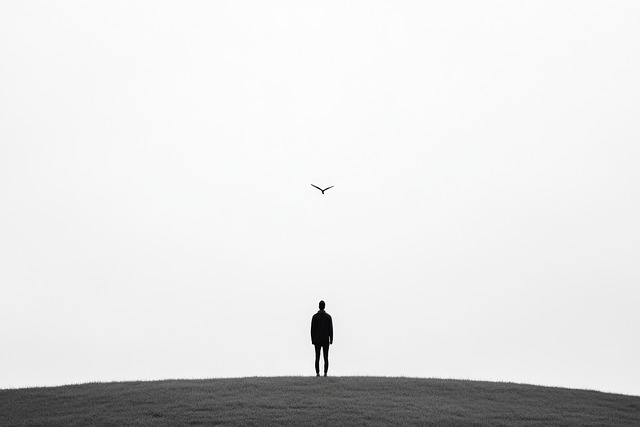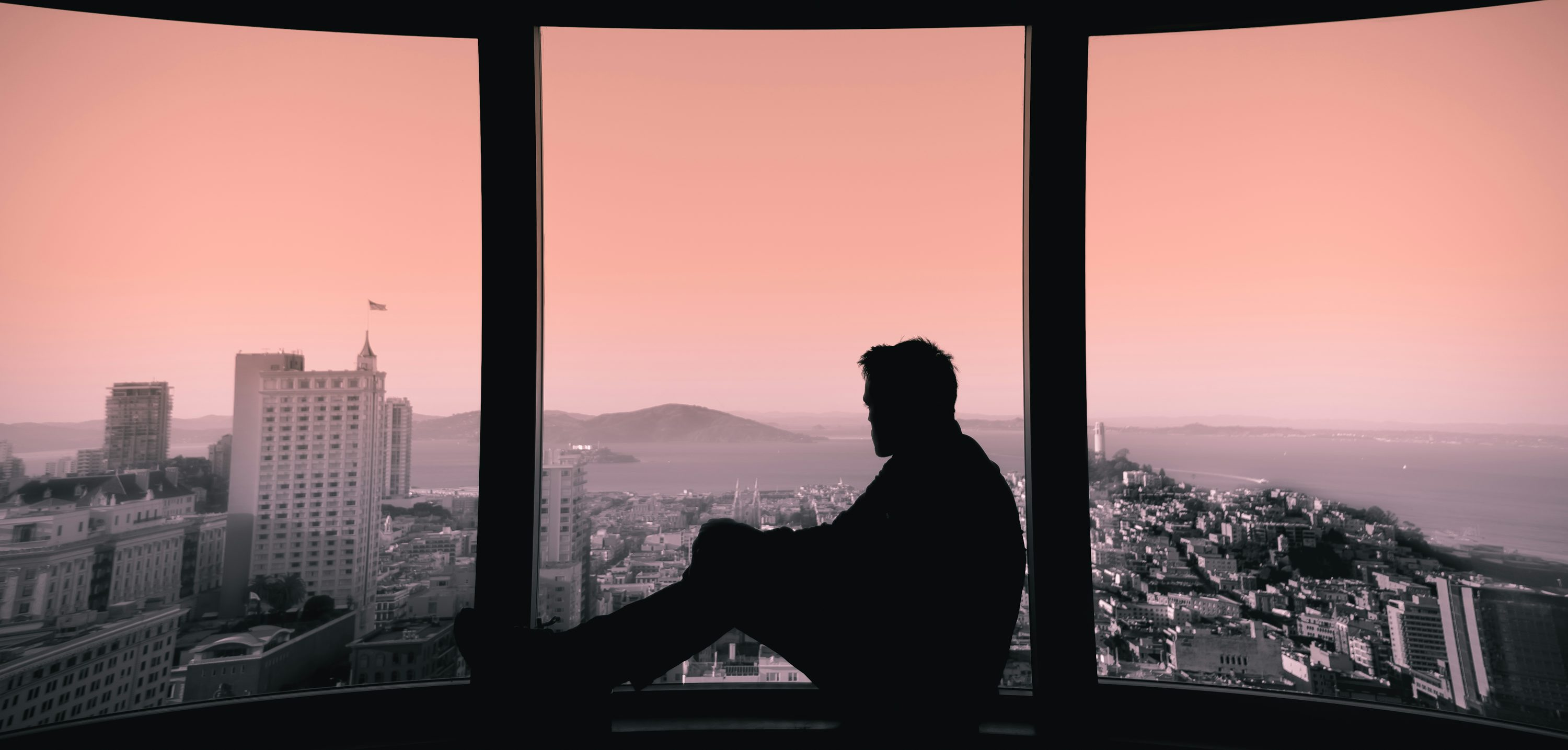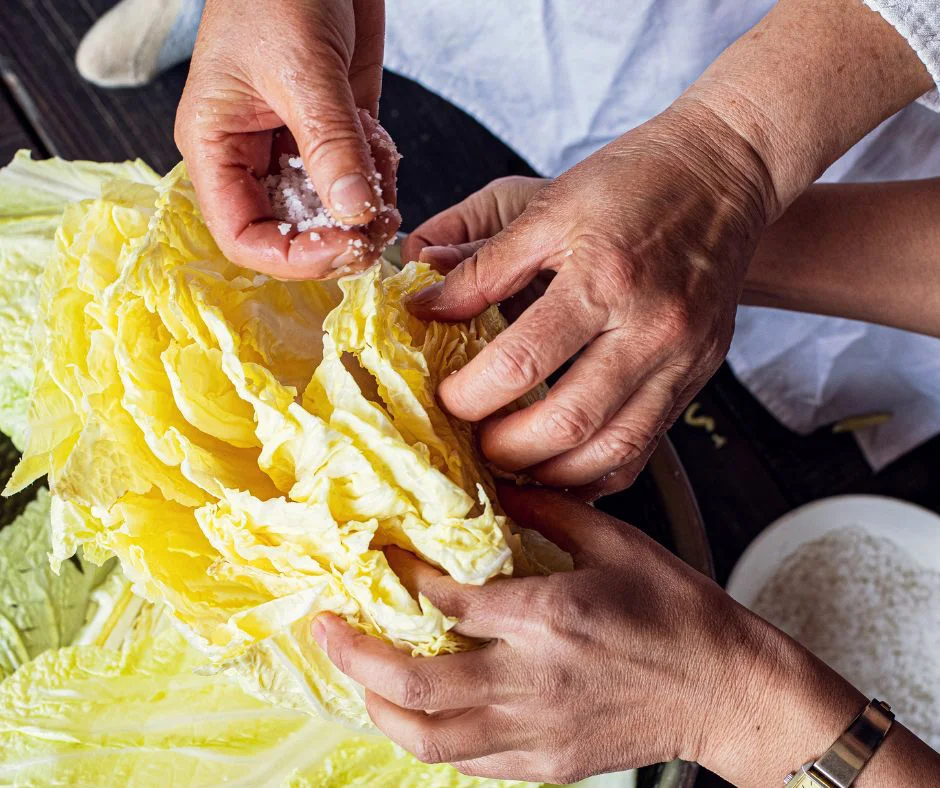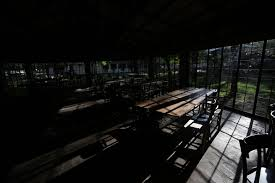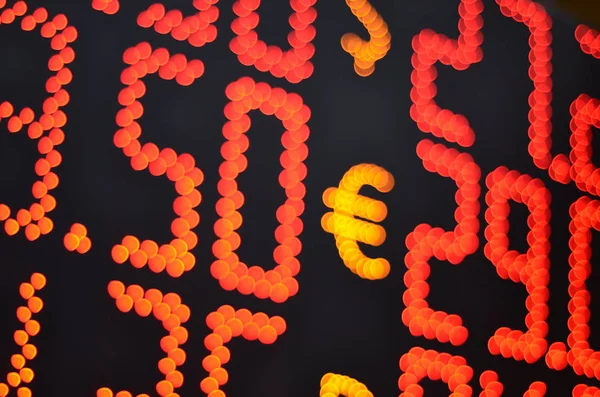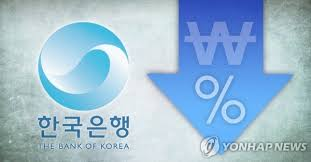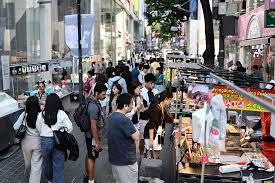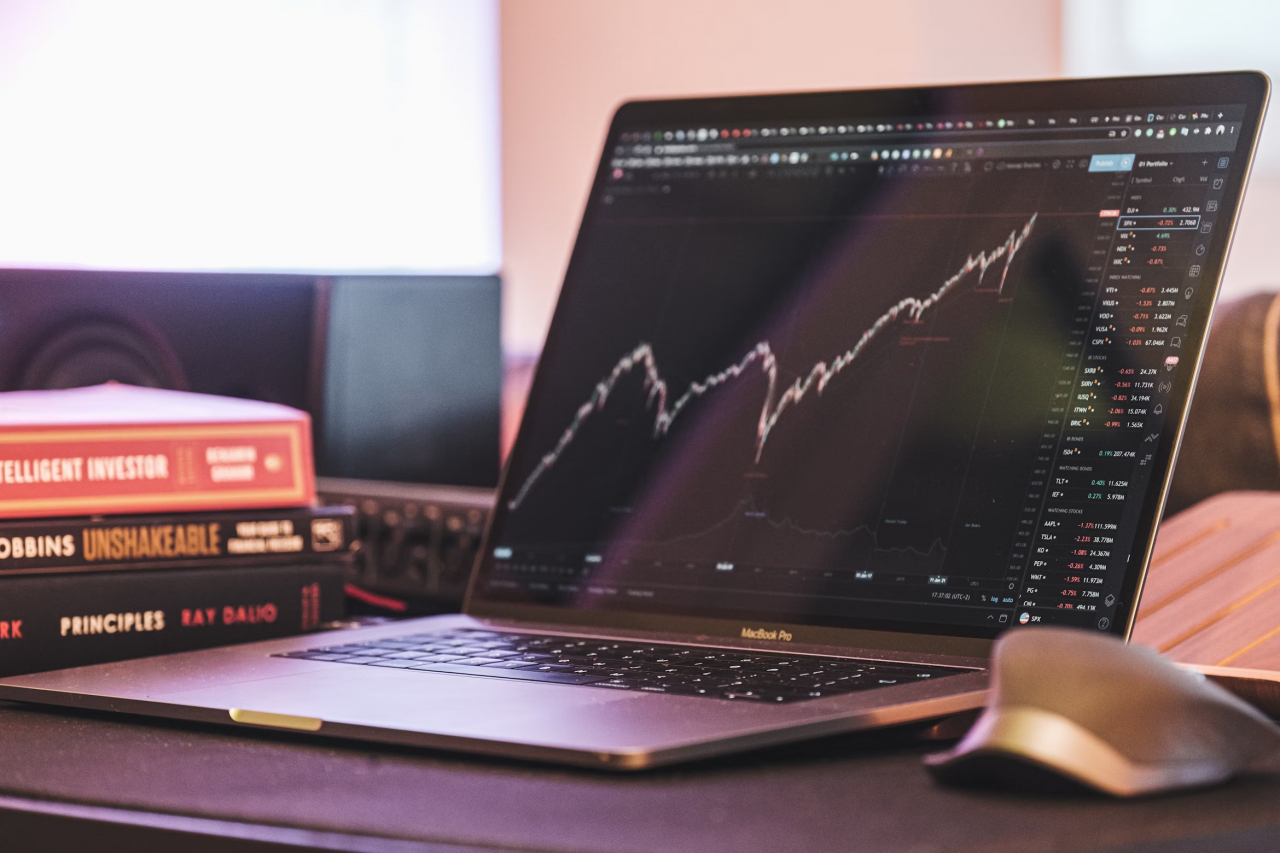| 최초 작성일 : 2025-08-20 | 수정일 : 2025-08-20 | 조회수 : 41 |
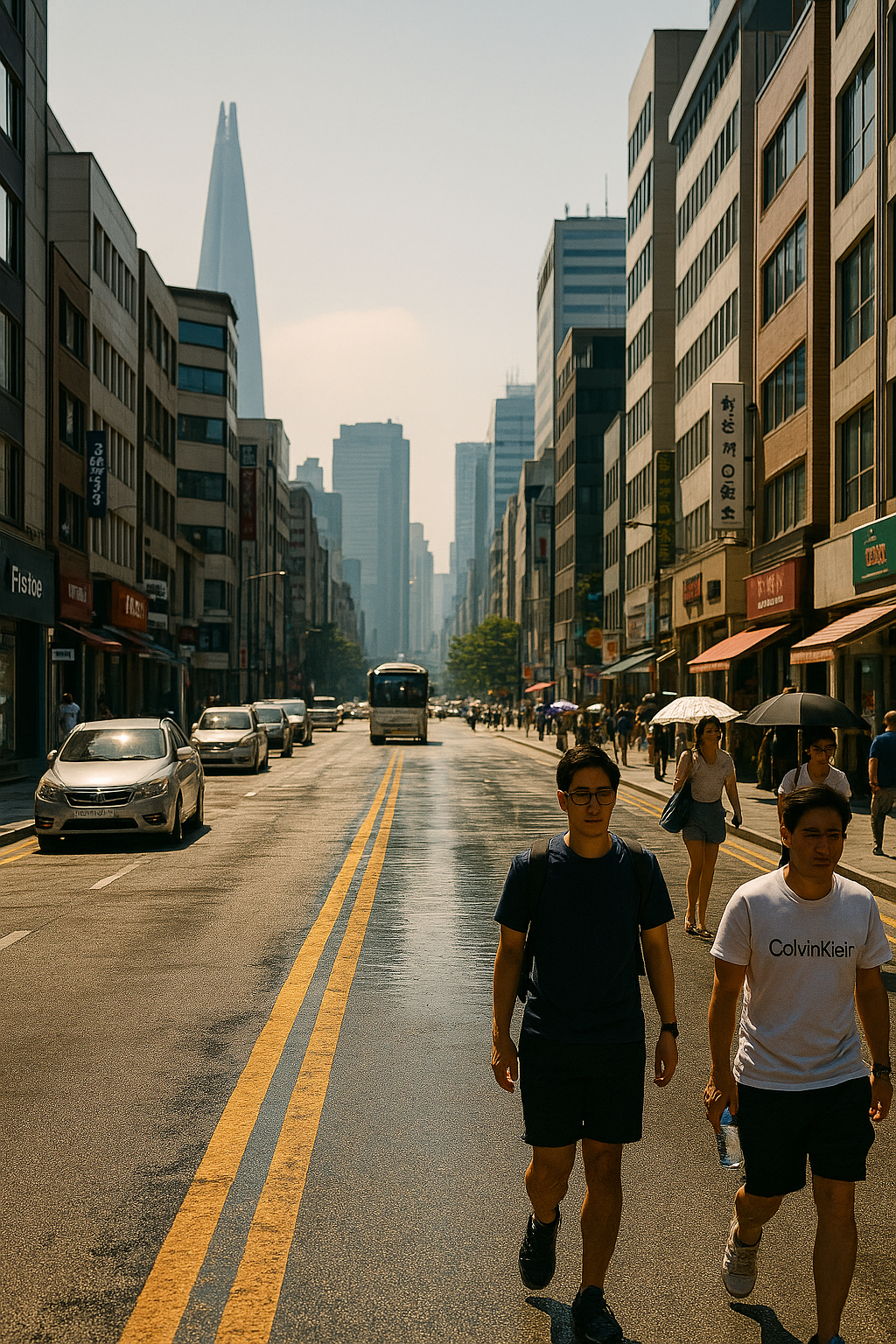
Once upon a time, Korean farmers could spend the entire day in the fields, taking only a few breaks with bowls of cold water. Mothers worked under the scorching sun, pulling weeds from soybean fields until dusk. Today, that image has vanished. If a farmer tries to work through the midday heat now, it is not endurance but a risk of collapse — even death. Rural life has already changed: work is done in the fragile hours of dawn or dusk, and the long midday belongs to silence and survival. This is not just a shift in lifestyle; it is a sign that Korea’s climate reality is no longer the past we knew, but a dangerous present demanding urgent adaptation. Recent headlines prove this truth: The Korea Times (Aug. 12, 2025): Seoul recorded 27 consecutive days of heat advisories, with peak temperatures over 38°C. Reuters (Aug. 15, 2025): Korea is facing a “climate whiplash,” swinging between deadly heat and sudden cold waves. Yonhap News (Aug. 16, 2025): Rice yields in some provinces have dropped nearly 10% due to shifting seasons.
Climate change in Korea is not an abstract global trend — it is local, personal, and accelerating. Meteorologists highlight the Arctic Amplification Theory: as polar ice melts, the weakened jet stream plunges extreme weather into the Korean Peninsula. This explains why Koreans endure both record-breaking heatwaves in summer and sharply intensified cold snaps in winter. Other drivers include: Rapid fossil-fuel-driven industrialization since the 1970s. Urban heat-island effects in megacities like Seoul, where concrete traps heat. Global greenhouse gas buildup amplifying regional weather volatility.
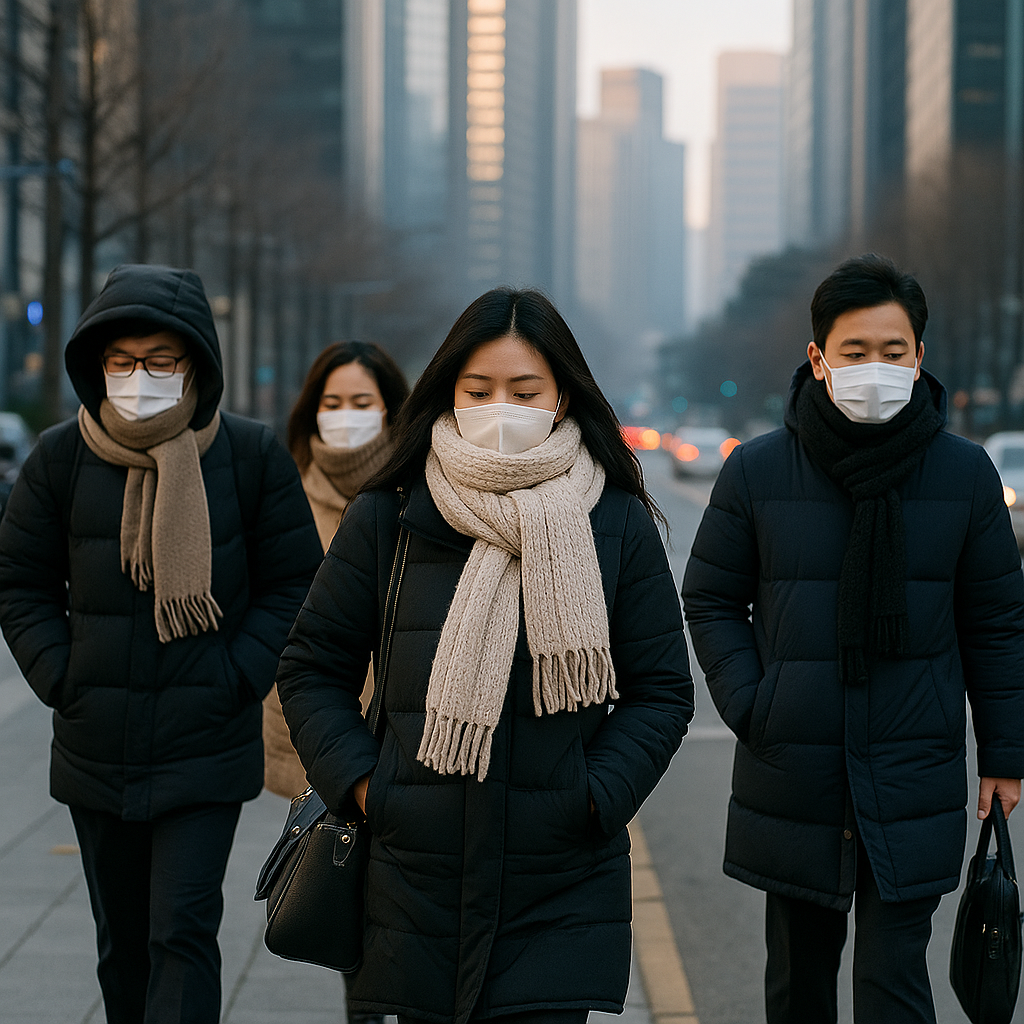
---The Transforming Korean Society--- Climate change is rewriting daily life in Korea across every sector: • Economy: Electricity demand for cooling jumped 18% year-on-year this summer, straining national power grids and raising factory costs. • Public Health: Heat-related deaths have more than doubled in the past decade. Elderly and outdoor workers suffer most. • Urban Living: Office workers now carry portable fans on the subway. In winter, commuters hide beneath layers of padding and scarves against sudden Siberian winds. • Agriculture: Traditional rice farming cycles are collapsing. Farmers are experimenting with subtropical crops like sweet potatoes and even mangoes. • Education: Schools reduce outdoor activity, and some delay morning classes in extreme heat. • Housing & Design: Air-conditioning efficiency now defines housing prices, while traditional ondol heating mismatches shorter, erratic winters. Korea’s famed rhythm of four seasons is gone. What remains is survival against two extremes.
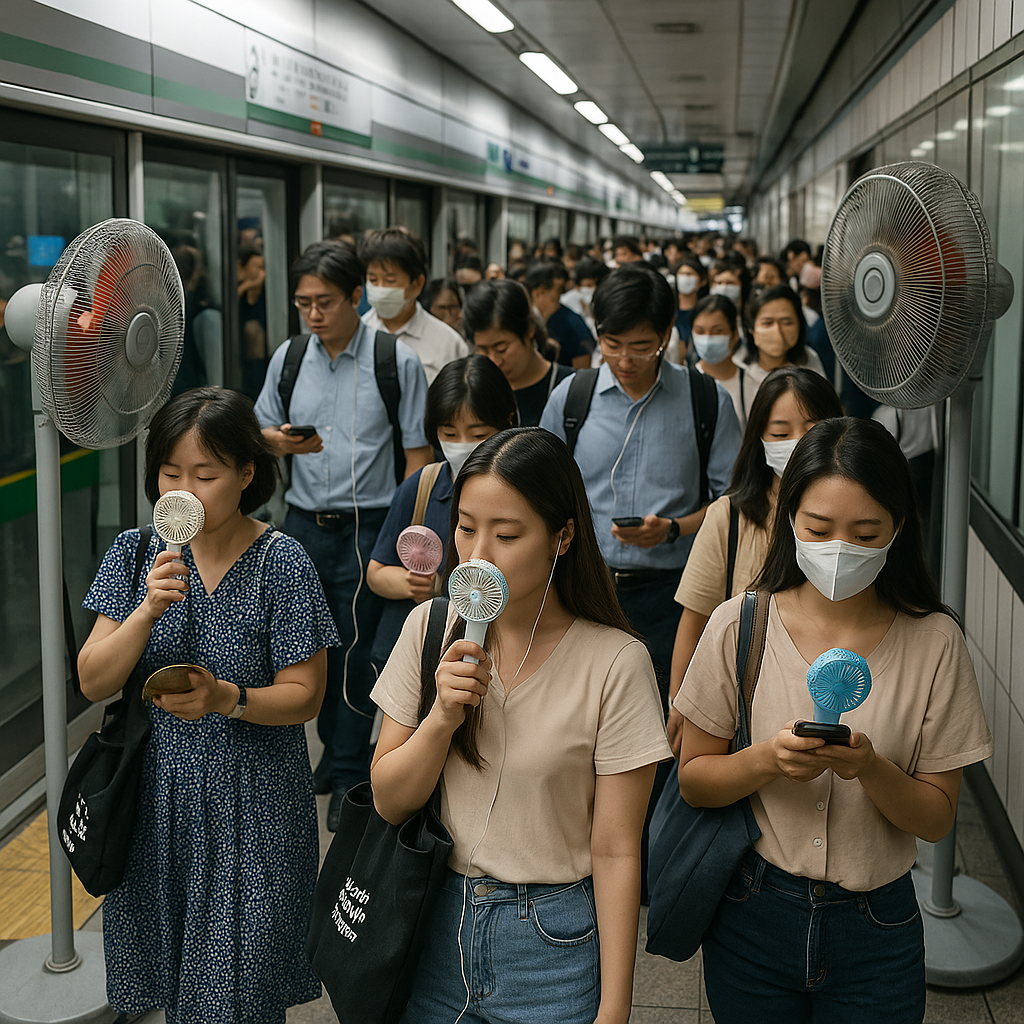
Korea cannot afford to treat these extremes as temporary anomalies. Action is overdue: Accelerate Energy Transition: Rapid shift to renewable power, coupled with smart grids that withstand peak summer and winter loads. Redesign Cities: Expand green corridors, invest in heat-reflective materials, and enforce climate-proof housing standards. Adapt Agriculture: Fund crop diversification and smart irrigation to buffer against erratic rainfall and rising temperatures. Reform Work Practices: Legislate climate-adaptive working hours for construction, farming, and delivery sectors. Protect the Vulnerable: Establish heat shelters, winter relief programs, and stronger safety nets for the elderly and outdoor workers. Failure to act will not only worsen public health crises but also weaken Korea’s economic competitiveness and social stability.
Climate is no longer the quiet background of our lives. It has become both the main actor and the ultimate judge. Just one generation ago, Korean farmers could work all day under the blazing sun, surviving on a few bowls of cold water. Today, the same effort could be fatal. The climate has reshaped not only our physical endurance but also our patterns of labor, rest, and survival itself. The choice before us is stark: adapt or collapse. When roads crack under heat, pipes freeze in sudden cold, power grids falter, and crops wither in the fields, these are no longer occasional news stories—they are daily reality. Yet solutions can also be surprisingly close at hand: a single tree providing shade, an insulated window saving energy, or a 15-minute break preventing heatstroke. Small acts of adaptation carry the weight of survival. What we pass on to future generations will not simply be the climate crisis itself, but the story of how we responded to it. Korea may lose the romantic image of its four seasons, but if in their place we leave behind records of solidarity, innovation, and resilience, that too will be a legacy of hope. So the final question is this: As another summer scorches and another winter chills, what will you change? Each individual choice, however small, becomes part of the collective strength that determines whether Korea remains a nation battered by climate—or one that confronts it with courage and foresight.


